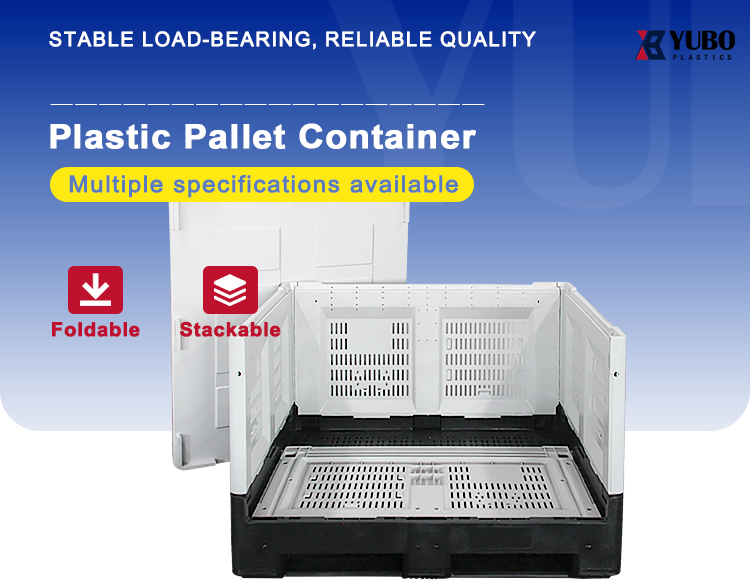Pallet containers have emerged as a transformative solution in modern supply chain management, offering a blend of functionality and efficiency that sets them apart from traditional packaging. Their structural design is a key differentiator: integrating a solid base pallet with enclosed sidewalls and a removable lid, they create a unified system that balances rigidity and flexibility. This construction not only prevents goods from shifting during transit but also allows for stable vertical stacking, maximizing trailer and warehouse space utilization—critical for industries grappling with storage constraints.
Cost-effectiveness remains a paramount advantage. Unlike single-use cardboard boxes or fragile wooden crates, pallet containers are engineered for repeated use, with high-impact polymer materials or reinforced steel framing enabling them to withstand thousands of loading cycles. Foldable variants further reduce operational costs by collapsing to 20% of their original size when empty, slashing return shipping and storage expenses. For businesses handling bulk items, this durability translates to long-term savings, as replacement frequencies plummet compared to disposable alternatives.
Sustainability has become an equally compelling benefit. Most modern pallet containers are crafted from recyclable plastics or metals, aligning with corporate environmental goals and regulatory requirements. Their reusability drastically cuts down on packaging waste—an estimated 80% reduction compared to cardboard systems—while eliminating the need for wood treatments that can leach harmful chemicals. This eco-friendly profile makes them particularly attractive to industries under scrutiny for their carbon footprints, such as retail and food distribution.
In application, their versatility shines across sectors. Automotive manufacturers rely on them to transport sensitive components like engines and electronics, leveraging optional features like anti-static liners and foam padding to prevent damage. The food and beverage industry values their smooth, non-porous surfaces, which resist bacterial growth and simplify sanitization—critical for compliance with FDA and EU hygiene standards. Logistics providers utilize them for cross-border shipments, as their standardized dimensions integrate seamlessly with forklifts, conveyor belts, and shipping containers. Even pharmaceutical companies benefit, using sealed models to maintain temperature-controlled environments for vaccines and biologics.
From factory floors to distribution centers, pallet containers deliver a trifecta of protection, efficiency, and sustainability, making them indispensable in today’s fast-paced supply chains.
Post time: Aug-08-2025





